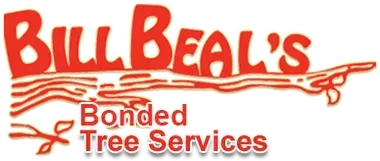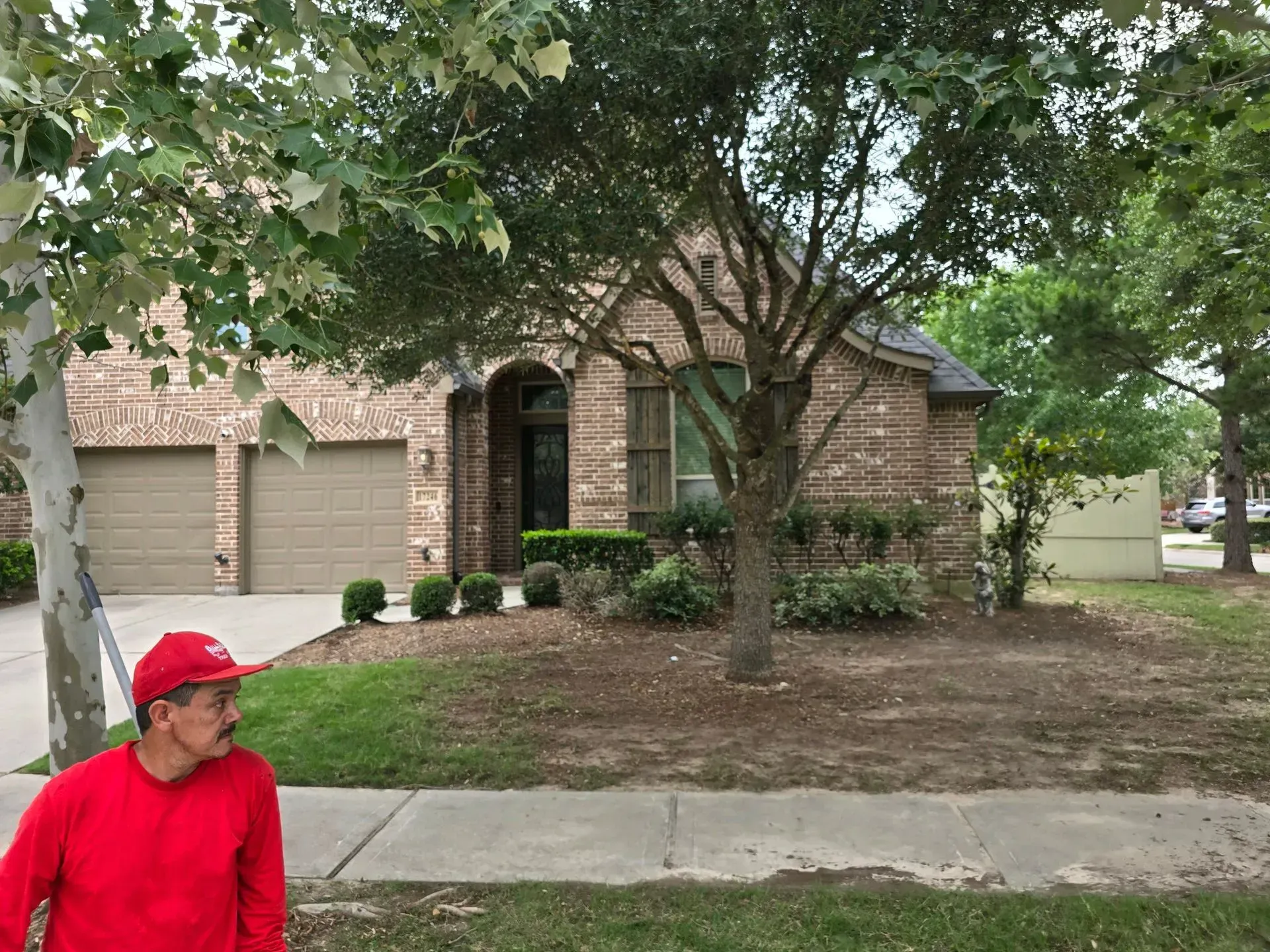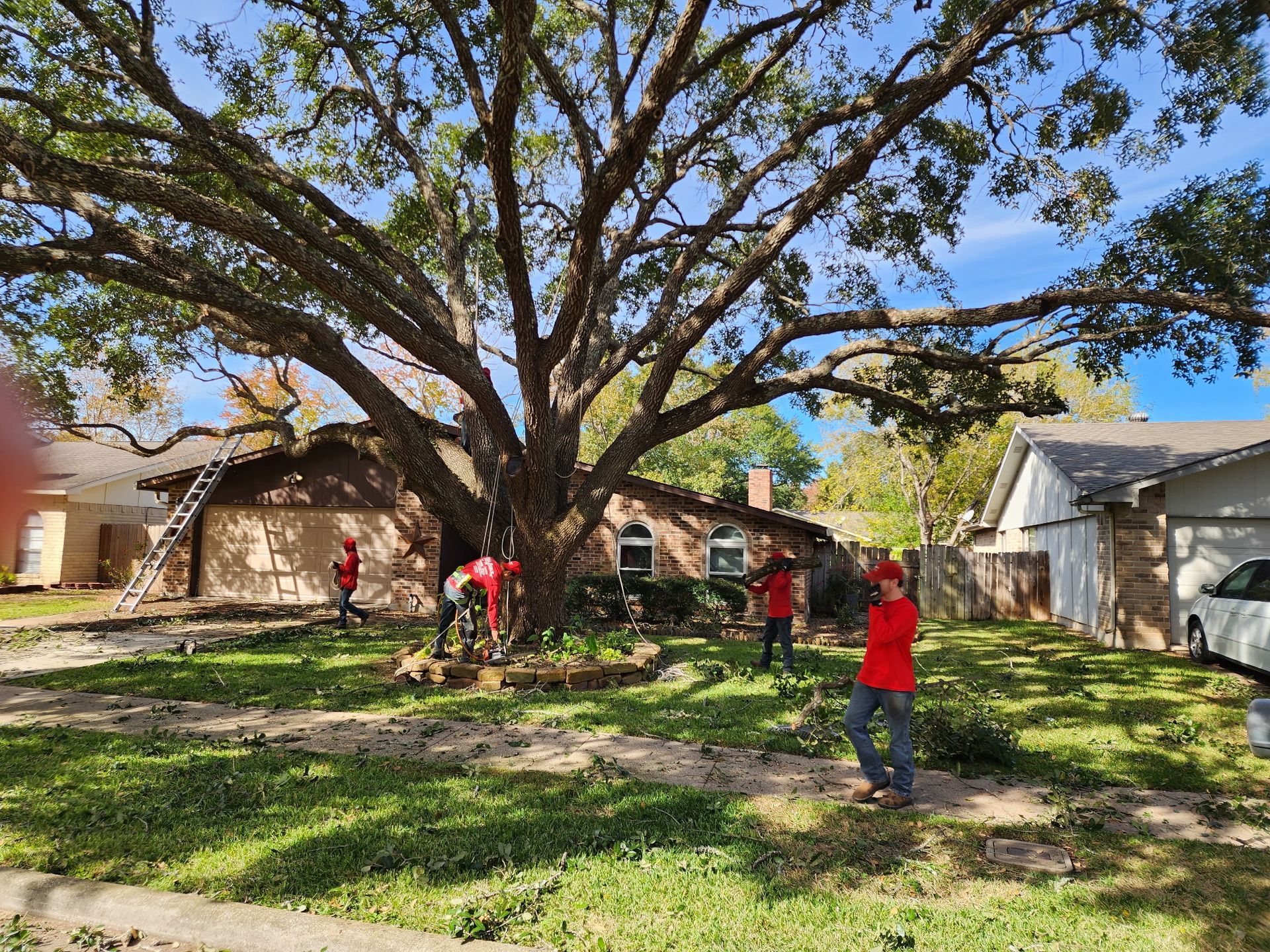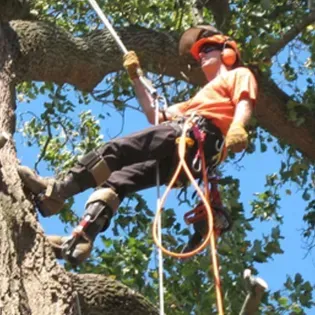How to Tell When a Tree Is Structurally Unsafe: Critical Signs Spring, TX Homeowners Need to Know
Your trees add beauty, shade, and value to your Spring, Texas property. But when a tree is structurally unsafe, it becomes a liability. Recognizing the warning signs early can save both your landscape and your wallet — and sometimes prevent serious injury or property damage. In this blog, we’ll walk through the telltale clues, what they mean, and when to call in professionals.
1. Large Cracks, Splits, or Bark Plates
When you see vertical or horizontal cracks in the trunk, or bark peeling away in large plates, it may indicate internal decay or structural weakness. Especially after storms or drought stress, these faults can worsen quickly.
2. Fungus, Mushrooms, and Conks at the Base
- Fungal growth on the trunk or at the root flair often signals internal rot or root decay. Conks (the shelf-like mushrooms) are particularly bad signs, because they usually mean the heartwood is compromised.
3. Multiple Dead Branches or Branch Dieback
If several large branches are dying back at once—particularly high up in the canopy—that may mean disease, root failure, or internal decay. A few dead twigs here and there can be normal, but widespread dieback is alarming.
4. Leaning or Tilting Trunks
If several large branches are dying back at once—particularly high up in the canopy—that may mean disease, root failure, or internal decay. A few dead twigs here and there can be normal, but widespread dieback is alarming.
5. Root Damage or Heaving Soil Around Base
Cracked soil, uplifted roots, or exposed root collars can point to root instability. Construction, drought, soil compaction, or pests damaging roots all contribute.
6. Trunk Swelling, Bulges, or Cavities
A widened area or bulge on the trunk or base may hide internal damage. Cavities or hollows, especially if you can peer inside, are red flags.
7. Sound Test: Hollow vs Solid
Gently tapping the trunk and listening for a hollow sound (like a drum) can help you detect decay behind the bark. Be cautious when doing this — unsafe trees are unpredictable.
8. Storm Behavior & History
If your tree has survived multiple storms poorly, or suffered repeated limb failure, it might be weakened and more likely to fail in the next big wind event.
What to Do If You See These Signs
- Don’t delay: A structurally compromised tree can fail anytime—especially during high winds or heavy rains.
- Limit access: Keep children, pets, and vehicles away from around the tree’s drip line (the area beneath its branches).
- Hire a certified arborist: Professionals have tools like resistograph drills, sonic tomography, and aerial inspection to assess internal health safely.
- Document the damage: Take photos and notes of symptoms — useful for insurance claims or consultations.
- Prepare for removal: If the assessment recommends removal, be ready for an emergency call, especially during severe weather seasons.
Why Bill Beal’s Bonded Tree Service Is the Go-To in Spring, TX
- 40+ years of experience in the Spring and greater Houston area
- Bonded, licensed, and insured, minimizing your risk
- Expertise in
hazard tree removal, pruning, and emergency response
- Use of professional inspection tools and safe removal techniques
- Prompt response times and full cleanup of branches, wood, and debris





